Dr. Klaus-Henning Gypser is a practicing homeopathic physician from Germany who has a private clinic in Glees/Germany. He is the Director of “Glees Academy of Homeopathic Physicians” which is dedicated to the post-graduate training of MD´s in homeopathy, and to scientific research in homeopathy (project of revision of materia medica). He is a lecturer on homeopathy at the Faculty of Medicine, Bonn and ex-lecturer on homeopathy at the Faculty of Medicine, Giessen. Teaching activities include seminars in Australia, Canada, France, Germany, Netherlands, Switzerland, and visiting professor Shri Kamaxidevi at the Homeopathic Medical College, Shiroda, Goa, India. He is the ex-Editor-in-Chief of the journals “Zeitschrift fuer klassische Homoeopathie“ (1987-92), “Classical Homeopathy Quarterly“ (1988-92), and has produced the following publications: 18 books on homeopathy in up to five editions, among them: Kent´s Minor Writings on Homeopathy (1987), Hering´s Medical Writings in 3 vols. (1988), Boenninghausens´s Therapeutic Pocket Book, Revision (2000), and about 200 scientific contributions to the following homeopathic journals: Allgemeine Homoeopathische Zeitung, British Homoeopathic Journal, Journal of the American Institute of Homeopathy, Revue Belge d´Homoeopathie. He is the editor of the “Materia Medica Revisa Homoeopathiae” – a revision of the materia medica done at the “Glees Academy of Homoeopathic Physicians” with more than 20 assisting colleagues.
“In Kent you can forget all about his gradings. They are of no value at all.”
-Dr. Klaus-Henning Gypser-
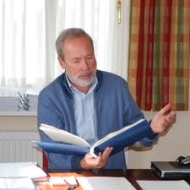
KS: Materia Medica and Repertory are the most important tools to apply the homeopathic philosophy successfully and arrive at a favorable prescription. With the “Materia Medica Revisa Homoeopathiae“ (MMRH) you are working on the worldwide comprehensive project to revise the homeopathic materia medica. Could you tell us about this?
K.-H. Gypser: With the MMRH I tried to supply the homoeopathic practitioner with all accessible and unchanged primary sources, namely provings and clinical symptoms extracted from case-histories. They were put together from monographs as well as from periodicals worldwide since the days of Hahnemann. As the symptoms are brought into proper order, so the practitioner can easily make use of the collection in daily practice, comparing his patient´s symptoms with the symptoms of the MMRH. 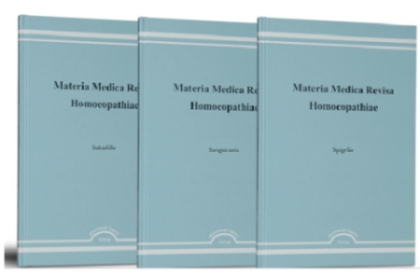
KS: How did you come up with the idea to do this mammoth project?
K.H. Gypser: Doing the revision of the materia medica was the consequence of instructions received by Dr. G. V. Keller (1919 – 2003) who was one of my teachers.
Nowadays, homeopathy does not have an updated collection of all proven remedies and their clinical symptoms derived from experience, either in the German speaking world or internationally. The last comprehensive collected editions of this kind, T.F. Allen’s 1837-1902 “Encyclopedia of Pure Materia Medica“ and C. Hering’s 1800-1880 “Guiding Symptoms of Our Materia Medica“, were published in 1875-79 and 1879-91 and were already incomplete and considerably deficient at the time of their publication. Therefore, no homeopathic practitioner, regardless of which “approach” he practices, can count on a comprehensive collection of primary sources. Also, the numerous computer programs available don’t change this fact.
By 1844 the content of the Materia Medica was already so comprehensive that no homeopathic physician could have all the published remedy knowledge available for his practice. Hering recognized this deficit and founded the American Institute of Homoeopathy, and became its president. Its main object was to collect and revise the Materia Medica, which project unfortunately failed. Also later attempts, with the two previously mentioned works, did not reach their aim. Recently it was Dr. Georg von Keller (1919-2003) who was the first to recognize the necessity to revise the Materia Medica, to offer an organized collection of all provings and clinical symptoms of the respective remedies. He had published monographs of 14 remedies, from Berberis to Staphisagria.
KS: You include proving symptoms, as well as symptoms from casuistics from international literature in the monographs. What are the valid criteria for the inclusion of symptoms?
K.-H. Gypser: In general it is trusted that the authors of provings or case-histories, were honest, careful and responsible. For the last 200 years homoeopathy has made successful use of data like this. Of course it cannot be assumed that no wrong observation has slipped into our work. It was always the opinion of Dr. v. Keller that wrong entries will come to light by clinical use. Naturally, publications of known deceivers like Dr. Fickel in the past, are excluded.Sometimes doubts arise in regard to some new provings: The average percentage of mental symptoms in old provings is around five. If we come across a proving with 50 per cent mentals, it has to be considered very carefully whether these are all real symptoms, or varieties of character without any pathological meaning. The same is true of dream symptoms. We should always keep in mind the meaning of “symptom”: It always refers to a pathological condition.
KS: So far you have published 28 monographs. How many remedies do you intend to revise? What are the criteria for considering certain remedies?
K.-H. Gypser: Currently there are five new monographs under print: Anacardium, Phytolacca, Spongia, Staphysagria and Stramonium It is expected Am-c., Baryta carb. and Mosch will follow soon. During the first step it is intended to arrive at around 120 remedies. The criteria for selecting them mainly depends upon the frequency of use in practice. Very well known polychrests like Sepia and Sulph. are not considered in the first step, because they rarely can be missed, especially when using Boenninghausen´s “Therapeutic Pocket Book”. Therefore the preference is for medium-sized remedies, with some exceptions like Causticum (being already published covering 3.355 symptoms) and Thuja (being revised now containing 3.500 symptoms originating from provings). The second step will include the big polychrests and should cover another 120 remedies,- but this is in the future.
KS: The revision is planned to culminate in the publication of a repertory. When can we expect its publication and what will its structure be?
K.-H. Gypser: The intention is to publish the repertory after the first step has been completed. There is no fixed time schedule. It depends mainly upon the number of co-workers, which number up to 20 now, and our financial resources. If the homoeopathic community feels the necessity for a revised materia medica – as C. Hering (1800 – 1880) even in 1844 did, unfortunately failing with his intentions, and for a repertory based upon it to have more reliable and more comprehensive tools, it will contribute. Then the work will proceed faster. So it is the responsibility of the homoeopathic community.
The structure of the repertory will enable its user to find any entry in the MMRH. By going back to the original text of the MMRH it is possible to compare the exact symptom there with the symptom of the patient. Many failures in prescribing nowadays result from lack of this possibility. Finally, the symptoms as described in the primary materia medica are most important and decisive, not the ones written in the repertories, as these contain mistakes (alterations and simplifications). Furthermore it will be possible to repertorize by the methods of Boenninghausen, Kent and Boger.
KS: Such a huge project can only be managed with a deep love for homeopathy and great attention to detail. What is the source of your inspiration and motivation?
K.-H. Gypser: It is thankfulness – at first to my teachers Dr. J. Kuenzli (1915 – 1992), Dr. W. Klunker (1923 – 2002) and Dr. G. V. Keller (1919-2003). Then also it is a fulfilled life in busy daily practice, as well as in teaching and research work. If one obtains so many gifts in life, he has to return something. Finally, one learns a lot, obtaining deeper insight into our materia medica and repertory. All my coworkers and colleagues had this experience and became more successful in practice.
KS: You have already revised Boenninghausen’s Therapeutic Pocket Book. What makes Boenninghausen’s TPB the most reliable repertory – as often judged by many homeopaths?
K.-H. Gypser: It is not the most complete, but rather the most reliable repertory. 
By the way, the revision of the TPB was a test also, as to whether a group of sensible individuals like homoeopaths, necessarily would be able to carry on a work like this over the years until it’s completion. This test turned out successfully, and from this point of view it was no great risk to start the revision of the materia medica.
KS: What has changed in your revised edition of TPB?
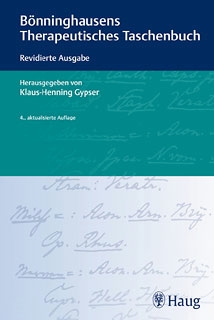
KS: Samuel Hahnemann 
K.-H. Gypser: Perhaps Boenninghausen´s understanding and practical application of homoeopathy was unique among the practitioners of his day. Of course this is mere speculation.
KS: Where do you see the pitfall of other repertories?
K.-H. Gypser: It is difficult to answer this question in general. Therefore Kent´s repertory and its derivations are selected as an example.
-
There is no visible distinction made concerning the origin of symptoms – whether they are from provings or clinical observations (for evidence compare the literature mentioned under 2.). This is essential because the relation of similarity has to be, in the first instance, between the patient´s and proving symptoms, and only secondarily between the patient´s and clinical symptoms.
We should always keep in mind the approach of Hahnemann: He wanted to know about a safe and certain cure in advance. Therefore he had to arrive at an exact knowledge of the healing powers of each remedy. This is obtained by proving upon the healthy only, and not by treatment of the sick. Having in view the footnote of Organon section 67, one realizes the disappearance of minor, even contrary symptoms if the remedy covers the characteristics. If these minor cured symptoms are integrated into a repertory, the result can easily be the wrong remedy, in spite of a methodologically correct repertorization.
-
The grading system is full of mistakes, as proven in two contributions from my work. Compare “Allgemeine Homoeopathische Zeitung” 231(1986)151-156 and “Zeitschrift fuer Klassische Homoeopathie” 31(1987)22-24.
-
Kent did not start with primary sources at all to build up his repertory. He used sources like former repertories, e.g. Lippe´s, Lee´s and Jahr´s. Even these were not primary sources. One can easily imagine how mistakes in translation, copying, etc. resulted.
KS: You have tremendous experience in various research areas of homeopathy, as well as being a homeopathic practitioner. In your practice you’ve applied different potency scales. What observations have you made concerning the aggravation of C and Q potencies?
K.-H. Gypser: Statistics were collected in my clinic over many years, in regard to initial aggravations following the application of centesimal scale potencies ranging from 30 to CM, rarely to DM and MM. True initial aggravations were observed in about five percent of chronic cases. Of course there were many pseudo-aggravations not included here. E.g. if one starts treatment while simultaneously canceling abused drugs like cortisone in neurodermatitis, the appearance of the skin eruption is no homoeopathic aggravation.
Using Q-potencies initial aggravations were very rarely observed. Late aggravations at the end of the cure sometimes occurred. A very limited number of over-sensitive patients noticed a slight aggravation on the day after taking the remedy. They were advised to dilute the remedy by a second cup. Then usually the reaction disappeared immediately.
KS: At the Glees Academy of Homoeopathic Physicians, you instruct physicians in “genuine” homeopathy as was practiced by Samuel Hahnemann. What do you see as most important to becoming a successful practitioner?
K.-H. Gypser: At first one has to understand the very basis underlying everything: The a priori certainty of cure in curable cases of human disease within the scope of homoeopathic treatment, while fulfilling the five conditions outlined in Organon section 3. Secondly one has to study the Organon, being properly guided. Thirdly, one should obtain detailed training of methods, including the procedure of studying materia medica. A good suggestion would be to follow Agatha Christie´s master detective Hercule Poirot, who solved his cases with “order and method”. This should be taught to the student. Anything else will develop by itself.
KS: Thank you so much for your very interesting and instructional comments! I wish you and your team all the best, and much energy to finish yours magnificent project!
Katja Schütt
Editor
Homeopathy for Everyone

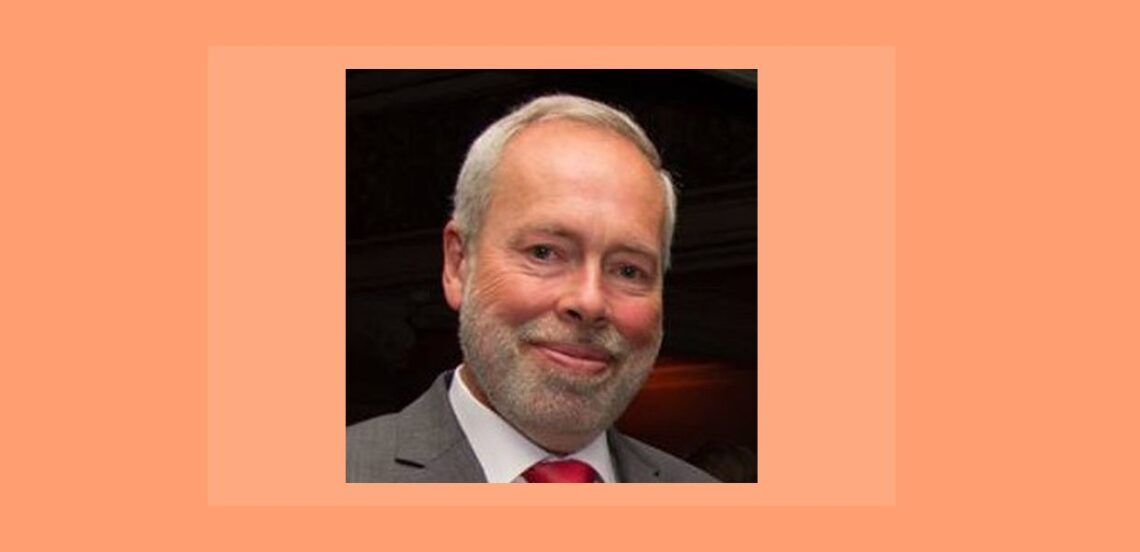
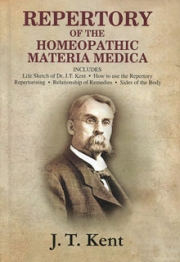 We should always keep in mind the approach of Hahnemann: He wanted to know about a safe and certain cure in advance. Therefore he had to arrive at an exact knowledge of the healing powers of each remedy. This is obtained by proving upon the healthy only, and not by treatment of the sick. Having in view the footnote of Organon section 67, one realizes the disappearance of minor, even contrary symptoms if the remedy covers the characteristics. If these minor cured symptoms are integrated into a repertory, the result can easily be the wrong remedy, in spite of a methodologically correct repertorization.
We should always keep in mind the approach of Hahnemann: He wanted to know about a safe and certain cure in advance. Therefore he had to arrive at an exact knowledge of the healing powers of each remedy. This is obtained by proving upon the healthy only, and not by treatment of the sick. Having in view the footnote of Organon section 67, one realizes the disappearance of minor, even contrary symptoms if the remedy covers the characteristics. If these minor cured symptoms are integrated into a repertory, the result can easily be the wrong remedy, in spite of a methodologically correct repertorization.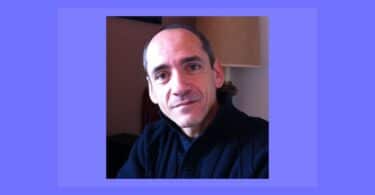

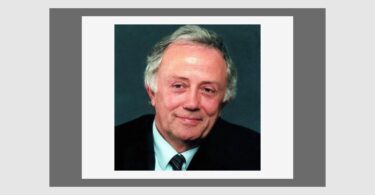

nice reading! Good questions.
This is perfect! I couldn’t agree more with Dr.Gysper’s views on Boenninghausen’s works. I have precisely come to the same conclusion about the reliability and the uniformity of the TPB. I also know that a similar article on the compilation of the Materia Medica has been published in the LINKS too, but I am unable to say which volume. Does anyone recall? its a recent volume.
Also, will it be possible to have the email id of Dr.Gysper so that someone who is interested to work in his project of Materia Medica can get in touch.
thanks,
Very nice to raed the efforts being to further develop the art of homeopathy for future generations. I noticed ‘Homeopathy’ and ‘Homeopathy’ at many places in the article .. I could not follow … hope, it is typo mistake?
Munjalji, here is a link for you, incl. an email-adress: [email protected]
Interesting. waiting for the result and hope Hpathy tells us when it is ready /gun
Liebe Frau Dr. Katja Schuett !
Thank you so much for this interview with the
Herkulean Gypser . Am so looking forward to the
M M Revisa Hom. coming from such reliable hands.
Experienced von Keller in seminars and always
admired a. used his monographs.
The Organon footnote to paragraph 67 is ,in a way,
an extension of paragraph 153.
Merci,
Stefan (“Sherlock Holmes”)
Thank you, Stefan, and all !
Katja
Sir, This is to sincerely thank you very much for sharing your knowledge and experience about homeopathy in reference to organon,materia medica and repertory with us. Thank you Sir.
This Interview is really so illuminating and Guides us in direction of Hahnemannian homoeopathy. Thank you so much Dr Gypser For your Time, Patience and intelligent work. I wish You my best.